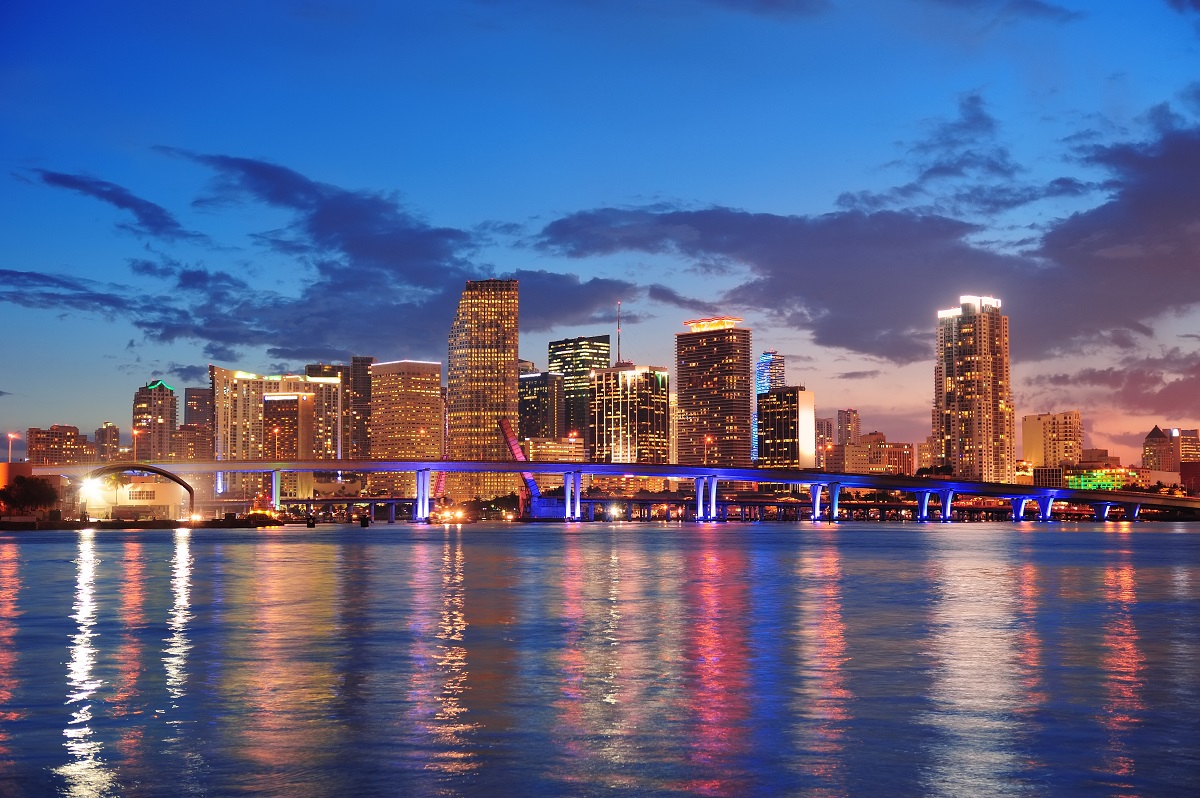Exploring Alaska’s Warmest Places: Unveiling Hidden Gems in the Land of Ice
Welcome to Alaska, home of breathtaking landscapes and extreme weather conditions. However, contrary to popular belief, Alaska does not consist of solely snowy landscapes; in this blog post we will explore Alaska’s warmer corners – discovering hidden gems offering pleasant climates and unique experiences.
Southeast Alaska: A Warm Maritime Paradise
Southeast Alaska (commonly referred to as “Panhandle”) boasts a mild maritime climate. Situated between the Pacific Ocean and towering coastal mountains, its ideal conditions create a temperate environment for its inhabitants.
Juneau: Alaska’s Capital and Outdoor Haven
Alaska’s capital city of Juneau can be found in Southeast Alaska, offering an ideal blend of urban amenities and natural splendor. As Alaska’s largest city, Juneau enjoys an amazingly mild climate due to its coastal location; summer temperatures generally range between 60degF to 60°F to 70°F (15°C to 21°C).
While visiting Juneau, be sure to explore Mendenhall Glacier – an 13-mile long glacier known for its spectacular ice caves. Additionally, take a scenic ride on Mount Roberts Tramway which provides stunning views of Juneau and surrounding landscapes.
Sitka: An Historic Coastal Town
Sitka, located in Southeast Alaska, is known for its mild temperatures and rich Russian heritage. Average summer temperatures here average around 60degF (15degC), making Sitka an ideal location for both outdoor enthusiasts and history lovers.
Immerse yourself in Alaskan Native culture at Sitka National Historical Park and experience its stunning coastal rainforest trails, while learning more about Alaska’s Native cultures from Alaska’s Native peoples. Don’t miss Sheldon Jackson Museum with its impressive Native Alaskan artifact collection!
Ketchikan
Salmon Capital of the World Southeast Alaska’s “Salmon Capital of the World,” Ketchikan is another warm gem known for its abundance of salmon fishing opportunities. Due to its coastal location and protection from harsh Arctic winds, temperatures here average out around 65°F (18°C).
Enjoy the beauty of Tongass National Forest, North America’s largest temperate rainforest, for hiking and wildlife viewing opportunities. Take a stroll along Creek Street’s historic boardwalk lined with colorful buildings and charming shops – an experience not to be missed!
Southcentral Alaska: Nature’s Playground with a Milder Climate
Southcentral Alaska is an area replete with diverse landscapes, from mountains and glaciers to coasts and coastal plains. Although winter temperatures can be harsh, summers are generally pleasant.
Anchorage is Alaska’s largest city and offers modern amenities alongside stunning natural surroundings. Anchorage boasts temperatures between 55F to 75F (13C-24C), making it one of the warmest locations in Alaska.
Start your adventure along the Tony Knowles Coastal Trail, an 11-mile path offering panoramic views of ocean, mountains and wildlife. Plus, learn about Alaska Native Heritage Center’s rich cultural history.
Kenai Peninsula
Coastal Beauty and Outdoor Adventures Anchorage’s Kenai Peninsula offers outdoor enthusiasts an ideal place for hiking, camping and other recreational activities. Boasting an ideal temperate climate that facilitates an abundance of activities – summer temperatures range between 60F-20F (15C-21C).
Explore Kenai Fjords National Park to experience its breathtaking glaciers, marine wildlife like whales and sea otters, as well as world-famous Kenai River fishing opportunities renowned for its abundance of salmon.
Matanuska-Susitna Valley
Farming Heartland in the North Anchorage’s Matanuska-Susitna Valley, commonly referred to as the “Mat-Su Valley”, is an unexpected gem situated north of Anchorage and known for its fertile conditions that range between 65°F to 75°F (18°C to 24°C). This hidden treasure experiences higher temperatures during its summer months with averages between 65°F to 75°F (18°C to 24°C).
Matanuska Glacier, Alaska’s easily accessible glacier, will leave you breathless. Don’t miss the Alaska State Fair either if visiting in late August; here you can experience local culture, enjoy delicious food and witness impressive agricultural displays!
Interior Alaska: Surprising Warmth in the Far North
Interieur Alaska, located in the heart of Alaska, is famed for its subarctic climate. While winters can be harsh, Interior Alaska enjoys unexpectedly mild summers that provide an interesting juxtaposition.
Fairbanks
Alaska’s Golden Heart Fairbanks is often known as “The Golden Heart of Alaska,” offering visitors both cultural and outdoor experiences. Average summer temperatures here typically range from 70degF to 80degF (21degC to 27degC), providing a pleasant setting for exploration.
Pioneer Park, Alaska’s historical theme park, showcases Alaska’s past through exhibits and live performances. Relax in therapeutic hot springs at Chena Hot Springs Resort before witnessing Aurora Borealis dancing lights during winter months!
Denali National Park
Where Adventure Meets Serenity, Denali National Park, home of North America’s tallest peak Denali (formerly Mount McKinley), offers visitors an unforgettable combination of wilderness and serenity. Summer temperatures in Denali typically range from 55°F to 75°F (13°C to 24°C).
Start out on a scenic drive or bus tour deep into the park for an adventure, and look out for majestic wildlife like grizzly bears, caribou, and wolves! Hike Savage River Loop Trail for breathtaking views of nearby mountains and rivers.
North Pole: Experience Christmas All Year Long
North Pole, a small town near Fairbanks that embraces its festive name and offers a warm and welcoming environment year-round, is known for embracing its festive name while providing warm hospitality all year round. Summer temperatures average 70degF (21degC).
Step into Santa Claus House for an irresistibly charming experience that brings Christmas each and every day! Discover Ice Alaska park where master ice carvers create intricate sculptures from blocks of ice, and experience winter magic even during summer.
Arctic Alaska: Chasing the Midnight Sun
In general, Arctic Alaska experiences extreme climate conditions. However, during its brief summer season the region benefits from milder temperatures and unique natural phenomena that give this place a unique charm.
Barrow
The Northernmost City in the U.S. Barrow (formerly Utqiagvik), also known as Utqiagvik, holds the distinction of being the northernmost city in America. Surprisingly though, temperatures average 40°F to 60°F (4°C to 15°C).
Immerse yourself in Inupiat culture at the Inupiat Heritage Center, learning traditional practices, art, history and tundra tours that showcase Arctic landscapes while giving visitors the chance to spot iconic animals such as polar bears and muskoxen.
Nome
Located on the Seward Peninsula, boasts an incredible blend of history and natural splendor. Summers here can be exceptionally pleasant with temperatures typically hovering around 50-60F (10-15C).
Explore Cape Nome, known for its scenic beauty and historical significance during the gold rush era. Dive deeper into local heritage at Carrie M. McLain Memorial Museum which showcases artifacts and stories from Nome’s past.
Conclusion
Alaska is a land of stark contrasts, where warm and welcoming places coexist alongside freezing icy wonders. Exploring Alaska’s warmest spots allows visitors to experience its beauty without braving extreme temperatures. From Southeast Alaska through Southcentral, Interior, or even Arctic regions – visitors will be charmed by unexpected warmth that each area has to offer – be amazed by unexpected warmth while experiencing nature at its finest or discovering hidden gems that make Alaska such an amazing travel destination!



